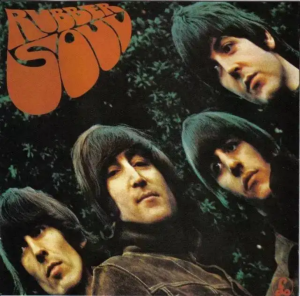Piano Music: Understanding Modes in Music Theory
In our last discussion, we explored how transposition follows the rule “major to major, minor to minor.” But what defines a major or minor key? How do they relate to one another? And how can we tell whether a piece of piano music is written in a major or minor mode?
Modes
The concept of modes dates back to medieval times and was rooted in early folk traditions before being widely adopted in the church. The seven traditional modes are Ionian, Dorian, Phrygian, Lydian, Mixolydian, Aeolian, and Locrian. Each mode corresponds to the white keys on a keyboard, beginning on a different starting note from C to B. These modes can also be transposed. During the Baroque era, most were phased out in favor of just two: major (Ionian) and minor (Aeolian), which now dominate piano music and classical music compositions.
Before diving deeper into major and minor scales, it’s essential to grasp the basics of half steps and whole steps.
Half Steps
A half step is the smallest interval between two adjacent keys on the keyboard.
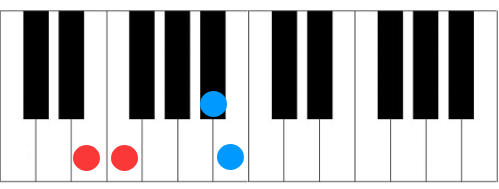
A half step is formed by two adjacent notes, like E and F or B and C. The same is true for B and C.
Whole Steps
A whole step spans two half steps. For instance, from C to D, there’s one key in between (C#), forming a whole step. These intervals are foundational to how piano music scales are built.
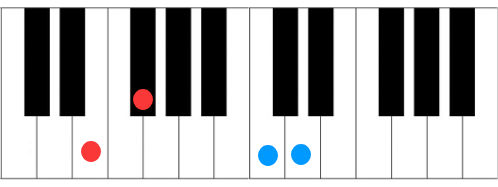
Major Scales
To build a major scale, use the following sequence of steps:
Whole – Whole – Half – Whole – Whole – Whole – Half
Using this structure from C, you get the C major scale, which uses only white keys.

Starting on G, you need to add an F♯ to preserve the correct pattern, resulting in the G major scale.

Why use sharps instead of flats? In major scales, note names must progress alphabetically without skipping or repeating. Choosing the correct accidentals ensures clarity and musical accuracy—something any music composer or pianist relies on when writing or performing.

You can find printable versions of all major scale variations—along with beginner-friendly practice sheets—on SheetMusicGo, your go-to platform for piano music resources.
Minor Scales
Minor scales use a different sequence:
Whole – Half – Whole – Whole – Half – Whole – Whole
Start from A and you get the A minor scale, again using all white keys.

If you start on E, adding F♯ is necessary to preserve the proper interval structure.

The sharps or flats needed for a scale define its key signature.
Natural, Harmonic, and Melodic Minor Scales
The natural minor scale contains only the notes within its key signature. However, variations exist:
Harmonic minor raises the 7th note.

Melodic minor raises the 6th and 7th notes on the way up, and reverts to natural minor when descending.

These raised notes are marked with accidentals in the score rather than being part of the key signature.
All three types of minor scales are commonly used by classical music composers to express different emotional colors. Want to see how they appear in real music? SheetMusicGo features a wide selection of minor-key études and classical pieces that demonstrate all three forms in action.
Relationships Between Major and Minor Scales
Two primary relationships help define how major and minor keys connect:
1. Relative Keys share the same key signature but start on different tonics. For instance, C major and A minor share the same key signature and are considered relative keys. They sit at the same position on the Circle of Fifths.
2. Parallel Keys start on the same tonic but have different key signatures. For instance, C major and C minor share the note C as their root but differ in pitch content and mood—an essential tool for any skilled pianist or music composer to shift the emotional tone.
Identifying Major or Minor in a Piece
To identify whether a piece is in a major or minor key:
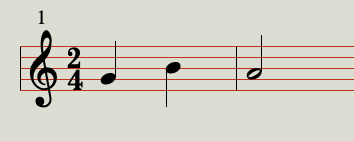
Look at the key signature to narrow the options. Check the final note or chord—pieces often end on the tonic. A piece with no sharps or flats that ends on A is likely in A minor.
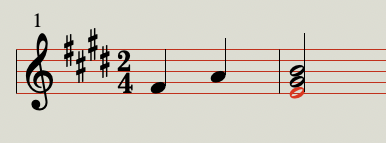
If a piece has four sharps and ends on E, it's likely in E major.
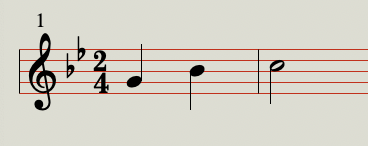
If the final note doesn’t clearly resolve to a tonic, look for the 4th or 5th scale degree as clues. For instance, a piece with two flats might be in either B♭ major or G minor. If it ends on C, the 4th degree of G minor, it likely leans toward G minor.
Whether you're analyzing a score or performing on stage, understanding these patterns will strengthen your ability to interpret and play piano music fluently.
Ready to challenge your ear and eye with real musical examples? Visit SheetMusicGo, where you’ll find tons of curated scores from famous music composers, beginner-friendly tutorials, and detailed analysis of classical music works—all perfect for students and aspiring pianists alike.
